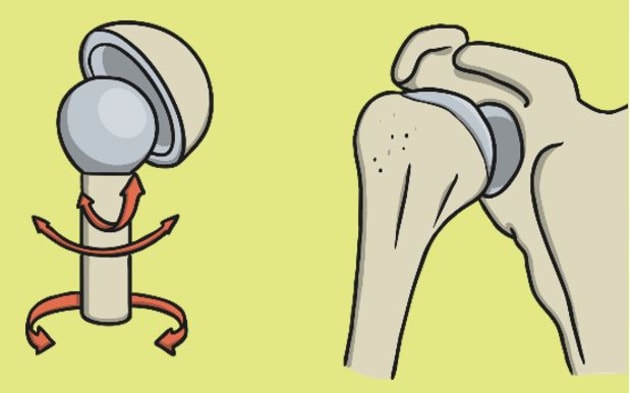
From the moment we take our first wobbly steps as toddlers to the powerful stride of an Olympic sprinter, our bodies are constantly engaged in a complex dance of motion. We rarely give it a second thought, but beneath the surface of every action, whether it’s reaching for a coffee cup or executing a perfect triple jump, lies the intricate science of biomechanics. This fascinating field, often dubbed the “physics of life,” explores the mechanical principles of living organisms, revealing how forces act on our bodies and how our bodies respond. Understanding biomechanics isn’t just for elite athletes; it’s the invisible architect shaping our everyday lives, dictating our efficiency, comfort, and ultimately, our potential.
Imagine the simple act of walking. It seems effortless, yet it involves a sophisticated interplay of muscle contractions, joint movements, and the precise transfer of weight. Biomechanics dissects this process, analyzing everything from the angle of our foot strike to the rotation of our hips, identifying how efficiently we move and where potential stresses might arise. This microscopic view of motion has profound implications, impacting everything from injury prevention to ergonomic design and athletic optimization.
The Foundation of Movement: From Gait to Posture
At its most fundamental level, biomechanical expert informs how we perform basic human movements. Our gait, the way we walk or run, is a biomechanical masterpiece. Individual variations in foot pronation (the inward rolling of the foot), stride length, and arm swing all contribute to a unique kinetic signature. Biomechanical analysis can identify inefficiencies in gait that might lead to conditions like plantar fasciitis, shin splints, or knee pain over time. By understanding these mechanics, professionals can recommend corrective footwear, exercises, or gait retraining to improve efficiency and reduce injury risk.
Similarly, posture, both static and dynamic, is a critical biomechanical consideration. Biomechanics provides the framework for understanding optimal spinal alignment and load distribution, guiding ergonomic design in furniture, workstations, and even backpacks to promote healthier habits and prevent musculoskeletal disorders. It’s about making our everyday movements less taxing and more sustainable for our bodies.
Ergonomics and Design: Shaping Our Environment for Our Bodies
Biomechanics extends its influence far beyond the realm of sports and therapy, playing a crucial role in shaping the products and environments we interact with daily. This application is broadly known as ergonomics – the science of designing and arranging things people use so that they interact efficiently and safely.
From the design of a car seat that supports the natural curve of the spine during long drives, to the optimal placement of controls in an airplane cockpit to reduce pilot fatigue, biomechanical principles are at work. Computer keyboards are angled to reduce wrist strain, office chairs are adjustable to suit diverse body types, and even children’s playground equipment is designed with an understanding of impact forces and balance. These applications aim to minimize discomfort, prevent repetitive strain injuries, and enhance overall human performance and well-being in various settings. It is about fitting the task to the person, rather than forcing the person to fit the task.
Rehabilitation and Recovery: Restoring Function
When injuries do occur, biomechanics becomes an indispensable tool in the rehabilitation process. Physical therapists and rehabilitation specialists use biomechanical analysis to understand the mechanisms of injury, identify compensatory movement patterns, and design targeted exercise programs to restore function.
Conclusion: The Unsung Hero of Human Potential
Biomechanics is the unsung hero behind all we do, from the small to the great. It’s the science that allows us to walk without falling, lift heavy objects safely, run faster, jump higher, and recover more effectively from injury. By dissecting the physics of how our bodies interact with the world, biomechanics provides the critical insights needed to enhance performance, prevent injury, and design environments that are more attuned to our physical capabilities. It truly is the invisible architect, constantly shaping our lives, empowering us to move more efficiently, live more comfortably, and unlock our fullest human potential.
